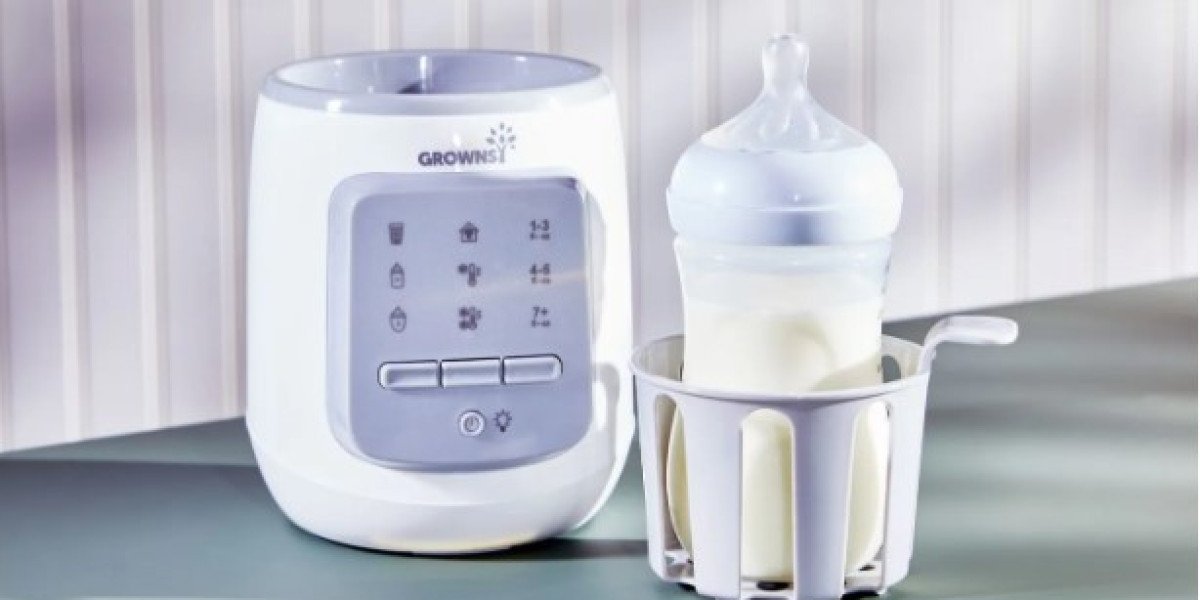Heating the bottle is a critical part of feeding time for your baby. Safe heating of the bottle will ensure that all the nutrition of milk or formula is retained and there are no accidental burns. Here are some essential guidelines that need to be followed when heating a bottle.
1. Avoid Microwave Heating
Microwaves can cause the formation of hotspots that can be burning to your baby's mouth. Instead, use bottle warmers or a warm water bath. These are safer ways to warm the milk.
2. Check the Temperature
Always check the temperature of the milk or formula before feeding your baby. Shake well the bottle and squirt some drops onto the inner side of your wrist. The liquid should feel lukewarm and not hot.
3. Use a Bottle Warmer
They only warm bottles and maintain the temperature uniformly. Compared to microwaving, they are safer and convenience devices for parents with a lot of work pressures.
4. Water Bath Heating
This is another safe approach: Place the bottle in a bowl containing warm water. Stir its contents so that there could be even heating of the formula or milk. This procedure takes a bit more time but is tender and efficient.
5. Never Reheat Milk or Formula
Once warmed, the milk or formula should be consumed within two hours. Reheating may lead to bacterial multiplication, which is dangerous for the baby.
6. Follow Manufacturer's Instructions
It is important to follow the warming instructions from the formula or bottle manufacturer. Different brands may have personalized guidelines on how their products should be heated to ensure maximum safety and preserve the nutrients.
7. Monitor Heating Devices
If you are going to use an electric bottle warmer, never leave it unattended. Ensure that it is put on a level and stable surface and away from the edge of counters or tables.
8. Keep Bottles Clean
Clean and sterilize the bottles and nipples regularly to prevent contamination. A clean bottle ensures that your baby is not exposed to harmful bacteria.
9. Cool Down After Heating
Now that this bottle's warmed up, let it sit for a minute or two. This avoids burns from the bottle itself, which often gets very hot because of the heating.
10. Storing Milk Safely
If you're preparing bottles in advance, store them in the refrigerator immediately after preparation. Never let the bottles stay at room temperature for too long to prevent the growth of organisms.
Conclusion
Following these safety guidelines on how to warm up bottles will put your mind at rest: your baby's feeding time is going to be safe and comfortable. Always consider safety, ruling out the fast methods that may be dangerous, like microwaving, and go for tried-and-tested methods that would ensure your little one is safe.









